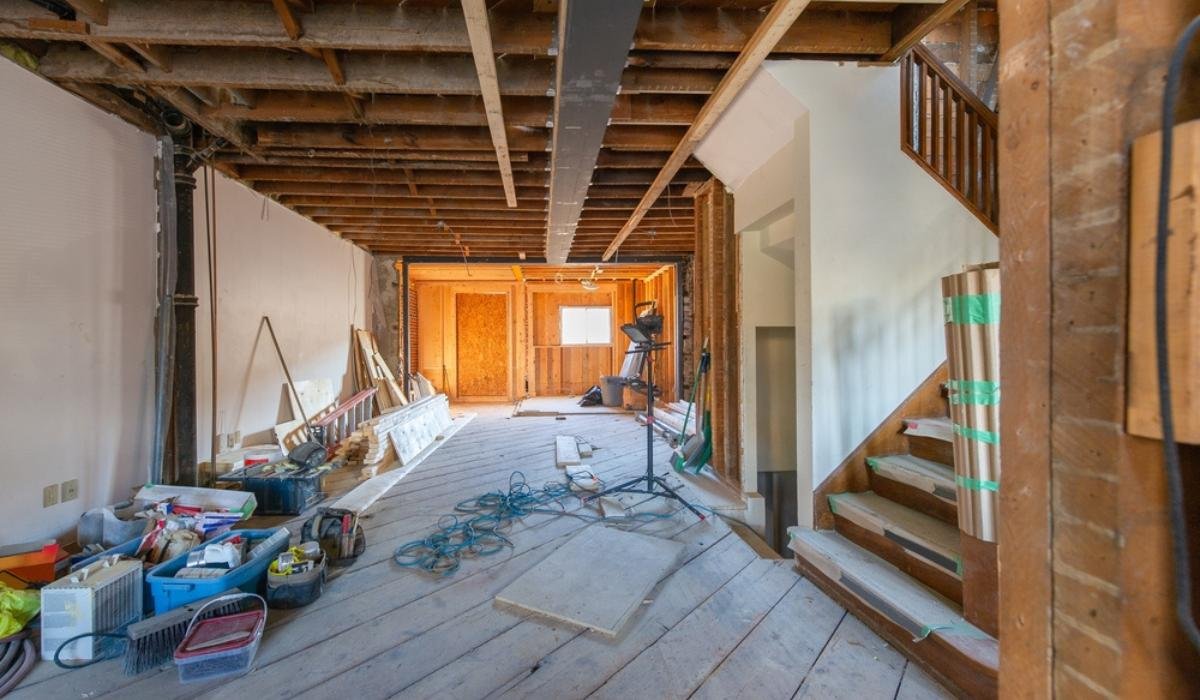Heritage sites, ancient buildings, bridges, etc., may all benefit from retrofitting, which is the process of updating them with modern equipment and technologies. When concrete elements have weakened due to age or wear and tear, they may be retrofitted with newer, stronger components using the RCC method. Preventing additional concrete suffering is another benefit. Retrofitting may lessen the likelihood that an existing building will be damaged in the event of a natural catastrophe or seismic activity. Changes might also be due to other factors, such as the aggressiveness of potentially dangerous chemicals.
It’s possible that design flaws or sloppy construction are to blame for the concrete element’s lack of durability. It all relies on the extent of the damage sustained by the structure as to whether or not the necessary capacity can be restored via retrofitting after the appropriate technology has been executed and defined. Read the article to learn more about retrofitting.
See also: Plumbing fittings: Types and function
Retrofitting: Types of modifications
- Upgrades to heating, ventilation and air conditioning (HVAC) systems include swapping out antiquated equipment with newer, more efficient units in an effort to cut down on utility costs and boost IAQ.
- Putting in low-flow fixtures like shower heads, toilets, and faucets may help cut down on water use and save money.
- Installing solar panels, wind turbines, or other renewable energy systems to create clean energy and lessen reliance on fossil fuels is an example of a renewable energy system.
- Installation of insulation in previously uninsulated walls, ceilings, and floors may significantly cut down on heat loss and increase the effectiveness of HVAC systems.
- Upgrades to the lighting system often include exchanging inefficient incandescent bulbs with more cost- and energy-efficient compact fluorescent or LED lights.
Know about: fibre reinforced concrete
Retrofitting: Purpose
There are a number of issues that arise in structural members that must be addressed. Some of them include seismic damage, honeycomb corrosion, structural fractures, fissures in structural elements, modifications to the structural system, and improper design or construction. These issues can be dealt with through retrofitting.
Retrofitting: Methods
- Improving the structure with a new shear wall: This is a common method for updating older structures made from non-ductile reinforced concrete frames.
- By including steel reinforcement: When upgrading a structure, steel bracing is a practical alternative for creating wide apertures.
- Method for increasing the thickness of walls: Bricks, concrete, and steel are added to the existing walls of a structure at strategic alignments to increase the wall thickness.
- The method of isolating the base: Base isolation refers to the process of isolating the structure’s upper levels from their respective substructures. When it comes to passive methods for controlling structural vibration, this is the most effective.
- Mass reduction technique: In this approach, it is apparent that less mass means less loading, which means more strength is needed.
- Jacketing method: The jacketing process involves encasing already-in-place columns with new concrete that is reinforced in both the longitudinal and transverse directions. To adapt a structure, this is the most common approach.
- Fiber Reinforced Polymer (FRP): The strength of reinforced concrete beams may be increased by using fibre-reinforced polymers, which are an axial strengthening method.
- Epoxy injection method: Fixing static fractures in concrete with epoxy injection is cost-effective. Repairing structural damage in older buildings sometimes involves injecting the area with epoxy.
- External plate bonding: By entirely or partly wrapping steel plates at the junction of a column and beam, the shear strength of reinforced concrete beams may be increased using the external plate bonding technique.
Retrofitting: Advantages
- The term “retrofitting” refers to the process of improving an existing structure rather than constructing a new one from scratch.
- A building’s carbon footprint may be reduced by retrofitting to integrate green practices.
- A building that has been upgraded in this way will need less upkeep because of the decrease in energy it consumes.
- A building’s energy efficiency may be greatly improved by retrofitting.
- To improve the quality and durability of a building at a reasonable cost, consider retrofitting.
Retrofitting: Disadvantages
- Retrofitting may also go wrong if it is not carried out by a competent and well-trained group of engineers.
- It is expensive.
- You need to be equipped with the necessary skills, resources, and personnel to do the job.
- Occupants will have to deal with disruptions to their daily lives for the duration of the retrofitting procedure.
FAQs
What does retrofitting accomplish?
When you retrofit a building, you make changes to it to protect it from flooding or other dangers like high winds and earthquakes.
What is an example of a retrofit?
Retrofitting includes things like adding bracing to walls to make them stronger, strengthening pillars, adding steel ties between walls and roofs, putting shutters on windows, and making sure that important facilities and equipment are better protected.
What's the difference between a renovation and a retrofit?
A retrofit can make your building last much longer and be much more useful without the cost of replacing it or the downtime of renovations. Retrofitting can also make your building more comfortable, useful, and environment friendly. It can also extend the life of your building and save you money.
| Got any questions or point of view on our article? We would love to hear from you.
Write to our Editor-in-Chief Jhumur Ghosh at [email protected] |
Housing News Desk is the news desk of leading online real estate portal, Housing.com. Housing News Desk focuses on a variety of topics such as real estate laws, taxes, current news, property trends, home loans, rentals, décor, green homes, home improvement, etc. The main objective of the news desk, is to cover the real estate sector from the perspective of providing information that is useful to the end-user.
Facebook: https://www.facebook.com/housing.com/
Twitter: https://twitter.com/Housing
Email: [email protected]











